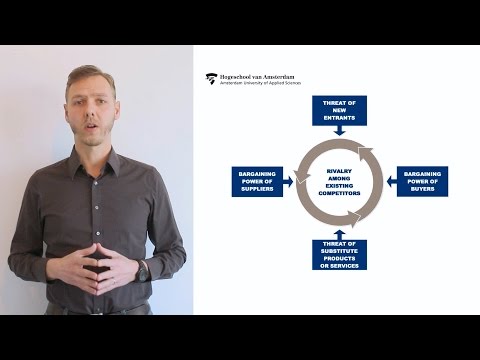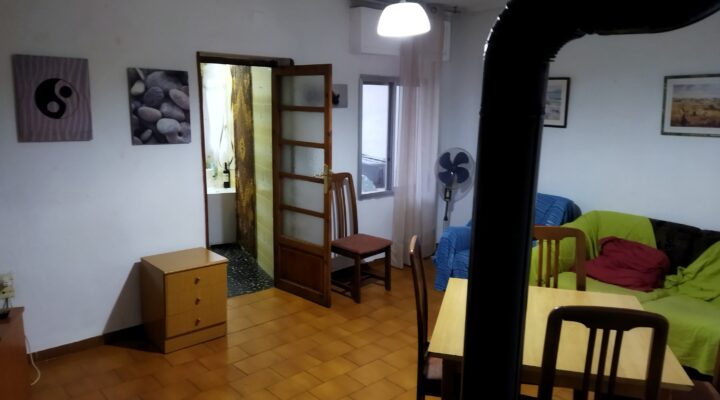

The CML intersects the y-axis at the expected return of the market portfolio (E). All investors who are willing to take on extra risk will choose portfolios that lie on or above the CML. All investors who are not willing to take on extra risk will choose portfolios that lie on or below the CML. Unlike difference between cml and sml the Capital Market Line, the Security Market Line shows the expected returns of individual assets. The CML determines the risk or return for efficient portfolios, and the SML demonstrates the risk or return for individual stocks. This theory is an alternate of capital asset pricing model .
There are also specifications to which your company must adhere in order to maintain proper accounting of assets/investments. The CML extends linearly to a point where it is tangent to efficient frontier called the market portfolio. Although CML tells you how quickly the input will return your value. In short, it determines how profitable you are in the market as per your investment.

The security market line is a visual representation of the capital asset pricing model . Hence, it is very important to estimate the expected returns correctly and accurately as far as possible. While SML provides a view of efficient and non-efficient portfolios, CML represents only efficient portfolios.
Eating well to help you feel better and boost your strength and energy. Your care team will provide you with nutrition goals and tips for eating during treatment. If CMML is not causing symptoms, your healthcare professional may recommend a period of watchful waiting during which they’ll regularly monitor your condition. It happens in the bone marrow by chance during your lifetime — the exact cause is not yet known. CMML is linked to genetic changes in myeloid stem cells that cause too many monocytes to be produced.
Importance of Minimum Variance Portfolios
CML represents the relationship between risk and return of capital market securities. CML is a straight line that shows the expected return of security for a given level of risk. The CML shows how much extra return an investor expects to receive for bearing extra risk. The CML starts at the risk-free rate and rises at an angle equal to the market risk premium (RM – Rf).
Even though the two terms sound familiar and relate to the same thing, in reality, they are very different from each other. The primary difference between the two concepts is in determining an investor’s average rate of profit or loss in a financial market. To better understand the two terms and their usability, we must know the differences between SML vs CML. CML represents the relationship between expected return and total risk for efficient portfolios, including the risk-free asset.
Whereas, SML determines the market risk of your investment. Hence, while all portfolios on the CML are efficient, the CML does not contain all efficient portfolios. CML shows the total risk and measures it in terms of the SML . Fair-priced securities are always plotted on the SML and CML. The notable factor is that the securities which generate higher results for a certain risk, are usually found above the SML or CML, and they are always underpriced and vice versa.
On the other hand, CML enables an investor to determine an average rate of success or loss in the market share. Investors who are well-acquainted in the line of business generally put up large shares and expect good returns for their assets which the capital market line exhibits graphically. You need to have a good understanding of shares, market business, rates, profit and loss, returns etc. Two of the prominent features you need to understand to get a good grasp on growing business is CML and SML. Market risk premium helps to determine the slope of the SML.
CMML
In SML, the formula to calculate slope is (Rm – Rf), while the formula in CML is (Rm– Rf) / σm. The slope in SML tells the difference between the required rate of return and the risk-free rate. In CML, the slope tells about the market price of risk for efficient portfolios. In SML, the Y-axis represents the return of securities, while X-axis shows the beta of security.
The Capital Market Line is a graphical representation of all the portfolios that optimally combine risk and return. CML is a theoretical concept that gives optimal combinations of a risk-free asset and the market portfolio. The CML is superior to Efficient Frontier because it combines risky assets with risk-free assets. The modern portfolio theory aims at minimizing risk related to an asset portfolio while maintaining same returns. The risk is also known as variance, standard deviation or volatility while the expected returns are also known as the mean return. CML is used to see a specific portfolio’s rate of return while the SML shows a market risk and a given time’s return.
- On the contrary, for SML, the return of the securities is shown along the Y-axis.
- The mean-variance frontier among risky securities forms a sideways parabola.
- It can be seen that while y-axis represents expected rate of return from the portfolio, x-axis represent risk or standard deviation value.
- The slope of the CML shows the market price of risk for efficient portfolios.
- Despite various criticisms, they stand the test due to frequent empirical testing that proves that they in fact, assist in taking investment related decisions.
Hence, the report discusses Capital Asset Pricing Model including the formula, assumptions, criticism and reasons for popularity of the same. CAPM has wide applications in the investment management field where it is used to select securities for a portfolio. CML is the graphical presentation of the equilibrium relationship between expected return and total risk for efficiency diversified portfolios. It’s termed as a systematic risk since all the possible risks that could exist on their own are taken into account while computing this measure.
Key Differences between CML and SML
On the other hand, CML determines market portfolio and risk-free assets, or the risk or return for efficient portfolios. In simple words, CML depicts a trade-off between the risk and return for efficient portfolios. This line represents the combination of portfolios that include the risk-free rate and risky assets. So, a portfolio on the SML would maximize the performance by optimizing the risk/return relationship. Another major criticism is that not every investor can borrow and lend money at the risk free rate of return in the real world. The rate of lending and borrowing differ, especially so for individual investors where rate of borrowing is much higher than the risk free rate of return in the market.
Company
SML uses the beta coefficient to calculate the risk, which, in turn, assists in determining how much security contributes to the overall risk. Risk-return tradeoff is a fundamental trading principle describing the inverse relationship between investment risk and investment return. Find out which causes and symptoms overlap and which are unique. But TKI therapy can help some people with chronic CML keep their condition well controlled for long enough that they may no longer need treatment — just careful monitoring. Work closely with a doctor to determine whether you can stop treatment and what to do if you find that the condition returns and treatment is needed again. Keep in mind that the data and statistics used when discussing outlook do not reflect individual experiences.
The efficient frontier comprises investment portfolios that offer the highest expected return for a specific level of risk. Portfolios that fall on the capital market line , in theory, optimize the risk/return relationship, thereby maximizing performance. In common words, it determines the degree of your profit in the market as per your investment. CML primarily shows the trade-off between risk and return for functioning portfolios. It very efficiently depicts the combined risk-free returns of all the portfolios. An investor or an analyst can use the SML to find out whether or not the asset is overpriced or underpriced.
These changes don’t appear to be inherited — meaning that they likely occur during your lifetime. But we do have insight into some of the genetic factors involved in the development of these cancers. It’s possible to have CMML or CML and not to experience symptoms. In fact, you may only find out about your condition when routine blood tests show abnormal blood counts. Symptoms become much more severe and can be life threatening.
Her expertise is in personal finance and investing, and real estate. When it comes to measuring the risk factors, CML is superior to SML. Investopedia requires writers to use primary sources to support their work. These include white papers, government data, original reporting, and interviews with industry experts. We also reference original research from other reputable publishers where appropriate. You can learn more about the standards we follow in producing accurate, unbiased content in oureditorial policy.
Excess returns are returns achieved above and beyond the return of a proxy. Excess returns will depend on a designated investment return comparison for analysis. Full BioSuzanne is a content marketer, writer, and fact-checker. She holds a Bachelor of Science in Finance degree from Bridgewater State University and helps develop content strategies for financial brands. Defines both functioning portfolio and non-functioning portfolio.
In CML, on the other hand, Y-axis represents the expected return of the portfolio, while the X-axis indicates the standard deviation of the portfolio. Basically, SML tells about the market risk in an investment or identifies a point beyond which an investor may run into risk. Or, we can say it tells the relation between the required rate of return of security as a function of the non-diversifiable risk .











Compartir